-
Pair of Cloisonne Vases Blue Floral Ground With Polychrome Flower Baskets(Set of 2)
- ₹ 100,000.00
- 1 In Stock
Cloisonne
A cloisonne vase is a decorative art piece made using thin metal strips (often brass) soldered onto a base to create small compartments. These compartments are filled with colored enamel or glass paste and fired in a kiln. The result is a vibrant, glossy finish with intricate patterns depicting various motifs, often inspired by nature or traditional themes. Cloisonne vases are appreciated for their craftsmanship, durability, and aesthetic appeal, making them popular as decorative items in homes and collections.
What is a cloisonne vase made of?
The cloisonne vase is made using a few essential materials. The base is usually metal, like brass or copper, for strength and support. Thin strips of metal, often brass, are soldered onto the base to create small compartments called cloisonne. These compartments are filled with colored glass paste known as enamel, which comes in many vibrant colors. A substance called flux helps the metal strips stick to the base during the soldering process. Finally, a clear glaze may be applied to give the finished piece a shiny look and extra protection. Together, these materials create beautiful and intricate designs in cloisonne art.
What is the difference between enamel and cloisonne vase?
Technique
Enamel vases are made by putting a layer of colored glass paste onto a metal base, like copper or silver. The paste is often painted or spread over the surface, and the vase is put in a kiln to fuse the enamel to the metal. This method lets artists make detailed designs and patterns, sometimes including detailed paintings or mixed media elements. Cloisonne vases involve a more complex process. Artisans start with a metal base and then solder thin metal strips onto it to make small compartments. Each compartment, or cloisonne, is filled with colored enamel and put in a kiln. This process allows for distinct, outlined designs that stand out because of the raised metal borders, creating a striking visual effect.
Design and Appearance
Enamel vases often have smooth, glossy finishes and feature fluid, continuous patterns that cover the entire surface. They can include various styles, from abstract to realistic imagery, and display vibrant colors. On the other hand, cloisonne vases are known for their intricate designs with raised metal strips creating a beautiful contrast against the vivid and defined enamel. Common motifs in cloisonne vases include flowers, birds, and traditional symbols, reflecting cultural themes. The glossy surface and interplay of colors within the metal outlines characterize the appearance of cloisonne vases.
Durability
Both vases are substantial, but the cloisonne is incredibly durable because of its structure. The metal compartments help protect the enamel, making it less likely to chip or get damaged. This means cloisonne vases look good and serve as decorative items that can last a long time.
Historical Significance
Both enamelwork and cloisonne have long histories. Enamelwork originated in ancient civilizations, and its techniques developed over many years in different cultures. Cloisonne, on the other hand, originated in ancient China and became refined as an art form during the Ming and Qing dynasties. Today, both styles are admired for their craftsmanship and artistry, with cloisonne often linked to a specific cultural heritage.
Who Invented the cloisonne vase?
Cloisonne is believed to have originated in the Near East around the 13th century BC, particularly in regions like Persia and Mesopotamia. The Chinese later refined it during the Ming and Qing dynasties from the 14th to 17th centuries. The Chinese perfected the cloisonne technique, creating intricate designs and vibrant colors. Over time, cloisonne has spread to other cultures, each adding its unique touch to the craft.
What is a cloisonne vase made up of?
Creating a cloisonne vase is a thorough process involving several essential components. It all begins with a sturdy metal base, typically crafted from brass or copper, which provides the necessary support. Thin brass strips are then carefully soldered onto this base to create small compartments known as cloisonne, intended to contain the enamel. These compartments are then filled with vibrant colored glass paste called enamel, which is the defining characteristic that gives cloisonne its unique appearance.
During the soldering process, a substance called flux is utilized to facilitate the attachment of the metal strips to the base. Once the cloisonne is filled with enamel, the piece is fired in a kiln, fusing the glass to the metal. Finally, the finished piece may be polished, and a clear glaze can be applied to enhance its luster and provide protection. This intricate combination of materials and processes results in the stunning, colorful cloisonne art admired worldwide.
What is the History of Cloisonne vase?
The history of cloisonne vases is long and spans many cultures and centuries. The technique is believed to have started in the Near East around the 13th century BC. Artisans used metal strips to make compartments for colored enamel. It spread to different places, including ancient Greece and Rome, where it was used for decoration.
Cloisonne became most well-known in China during the Ming Dynasty (1368–1644) and the Qing Dynasty (1644–1912). Chinese artisans improved the technique, making unique styles and detailed designs with nature, mythology, and traditional symbols. These vases were precious, both as art and as luxury items. Many cloisonne vases were made during this time, which led to significant improvements in skill. They became popular in China and Western markets, especially in the 19th century when trade routes grew. Today, cloisonne vases are admired for their beauty and skill and are considered essential to cultural heritage. They are still made using traditional methods and new designs.
What are the defining features of the cloisonne vase?
Cloisonne vases are characterized by several defining features that make them distinct and highly valued:
- Metal Base: Typically made from brass or copper, the base provides strength and stability for the vase.
- Cloison Design: Thin metal strips are soldered onto the base to create small compartments, or cloisons, which define the shapes of the designs. This structure allows for intricate patterns.
- Vibrant Colors: The compartments are filled with colored enamel, producing bright and vivid colors. The use of different hues creates depth and complexity in the design.
- Intricate Patterns: Cloisonné vases often feature detailed motifs, such as flowers, animals, and geometric shapes. The designs can range from simple to highly elaborate.
- Raised Metal Outlines: The metal strips create distinct boundaries between colors, giving the surface a textured appearance. This contrast enhances the overall aesthetic.
- Glossy Finish: After firing, cloisonné pieces typically have a smooth, shiny surface that adds to their visual appeal.
- Cultural Motifs: Many cloisonné vases incorporate traditional symbols and themes, reflecting the cultural heritage from which they originate.
- Artisanal Craftsmanship: Each piece is handmade, showcasing the skill and artistry of the craftspeople who created it.
Where is the Cloisonne Vase Produced in India?
In India, cloisonné vases are primarily produced in the following regions:
- Jaipur, Rajasthan: Known for its vibrant arts and crafts scene, Jaipur is a significant center for cloisonné production. Artisans here create intricate vases featuring traditional Rajasthani motifs and bright colors.
- Kutch, Gujarat: The Kutch region is renowned for its diverse handicrafts, including cloisonné. Local artisans incorporate traditional designs and patterns, reflecting the area's unique cultural heritage.
- Delhi: In the capital, some craftsmen produce cloisonné items, focusing on traditional and contemporary designs that appeal to various markets.
- Uttar Pradesh: Certain areas in Uttar Pradesh, particularly around cities like Varanasi, also engage in cloisonné production, blending local artistry with this ancient technique.
What are the Benefits of Cloisonne?
Cloisonné is a popular choice for decoration and collecting due to its many benefits:
- Visually stunning, featuring vibrant colors and intricate designs that enhance the beauty of any space.
- Durable due to the combination of metal and enamel, resistant to chipping and fading, allowing them to last for many years.
- Often carry cultural significance, reflecting rich histories and traditional patterns.
- Each piece is handmade, making every item unique and desirable for collectors.
- Versatile option for decoration, fitting well with various interior design styles.
- Some pieces serve practical purposes, such as holding flowers or being used as tableware.
- High-quality cloisonné can appreciate over time, making it a good investment for art lovers.
- Easy to care for, typically requiring only gentle cleaning and occasional polishing to maintain their shine.
Where Can We Place the Cloisonne?
Cloisonné vases can be placed in various areas of your home:
- Put them on coffee tables, shelves, or mantels in the living room to add elegance and color.
- In the dining room, use cloisonné vases as centerpieces on dining tables or sideboards, either holding flowers or standing alone as decorative items.
- Place a cloisonné vase on a console table in the entryway to make a striking first impression.
- Position them on nightstands or dressers in the bedroom to add beauty and a personal touch to the space.
- Brighten up a desk or shelf in the office with a cloisonné vase to provide a splash of color.
- Display them in glass cabinets to highlight their craftsmanship and intricate designs.
- They can also be placed in smaller spaces like bookcases or window sills to create visual interest.
What Are the Price Ranges of Cloisonne?
At IndianShelf, the price range for cloisonné vases generally starts at around ₹30,000 and can go up to ₹3,50,000 or more. This range reflects the craftsmanship, size, and intricacy of the designs. Vases at the lower end of the spectrum typically feature simpler patterns, while those at the higher end showcase elaborate artistry and unique historical significance.
Rare or antique pieces, especially those made by renowned artisans, often command higher prices due to their collectible nature and cultural value. Overall, the pricing is influenced by the quality and uniqueness of each piece, appealing to casual decorators and serious collectors alike.
How to Take Care of Cloisonne?
To take care of cloisonné, handle items gently to avoid damage and keep them out of direct sunlight to prevent fading. Avoid exposing them to extreme temperatures. Regularly dust with a soft, dry cloth to remove buildup. Use a mild soap solution with a damp cloth, gently wiping the surface for deeper cleaning.
Rinse with a clean, wet cloth to remove soap residue, and dry thoroughly with a soft cloth. Avoid abrasive cleaners and scrubbers, as they can scratch the surface. Following these steps will help maintain the beauty and longevity of your cloisonné pieces.
How to Clean Cloisonne? Step-by-Step Guide
- Dust Regularly: Use a soft, dry cloth or a microfiber cloth to gently dust the cloisonné's surface. This helps remove any surface dust and prevents buildup.
- Prepare a Mild Soap Solution: If the piece needs deeper cleaning, mix a small amount of mild soap (like dish soap) with warm water in a bowl.
- Dampen a Soft Cloth: Dip a soft cloth into the soap solution, then wring it out thoroughly so it’s damp but not soaking wet.
- Wipe the Surface: Gently wipe the cloisonné's surface, avoiding areas with raised metal outlines to prevent scratching.
- Rinse: Use another clean, damp cloth (with just water) to wipe away any soap residue from the vase.
- Dry Thoroughly: Finally, use a dry, soft cloth to gently dry the cloisonné item, ensuring no moisture remains, especially in the crevices.
- Avoid Abrasives: Never use abrasive cleaners or scrubbers, as they can scratch the surface and damage the enamel.
Where to Buy Cloisonne?
IndianShelf offers a wide selection of cloisonné vases, showcasing beautiful designs and craftsmanship. It’s a great place to find unique pieces.
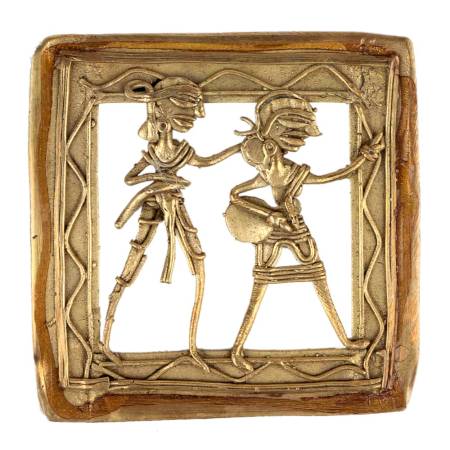
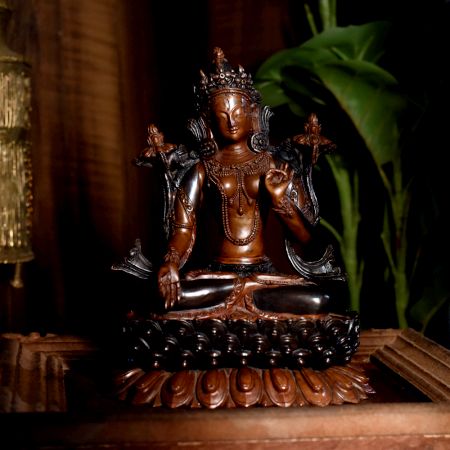
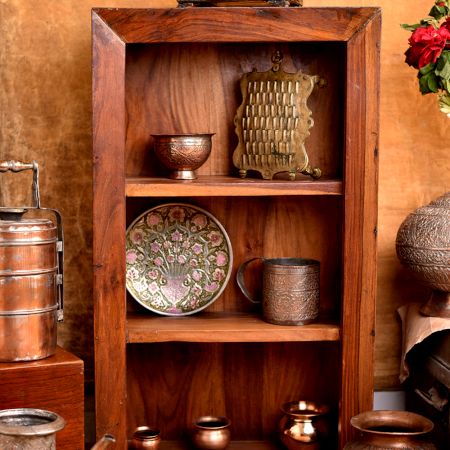
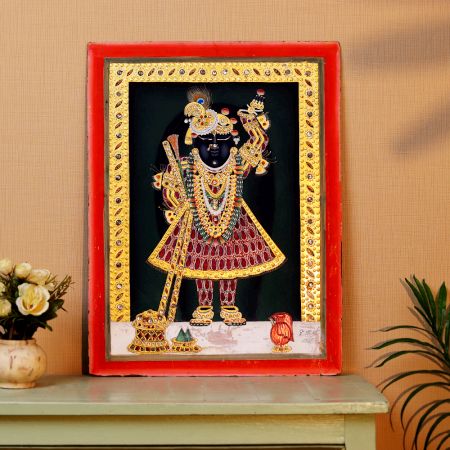
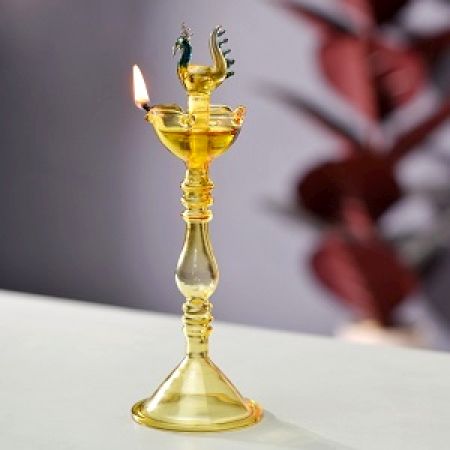

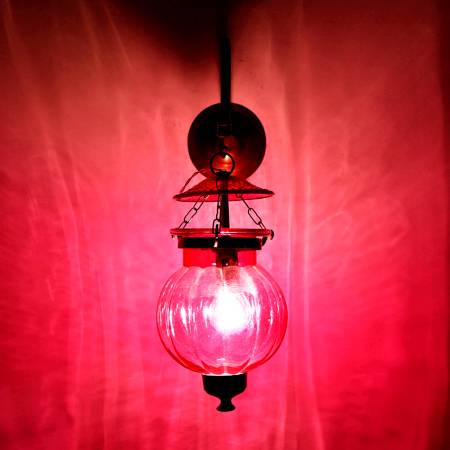

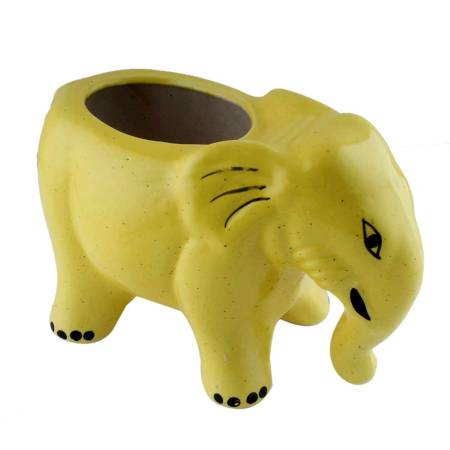
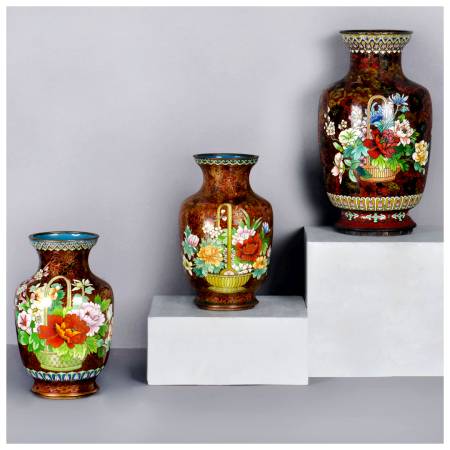
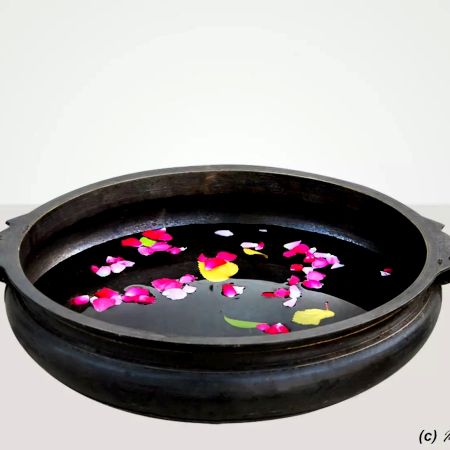
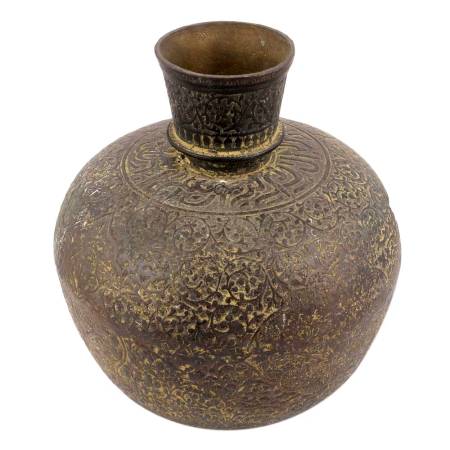
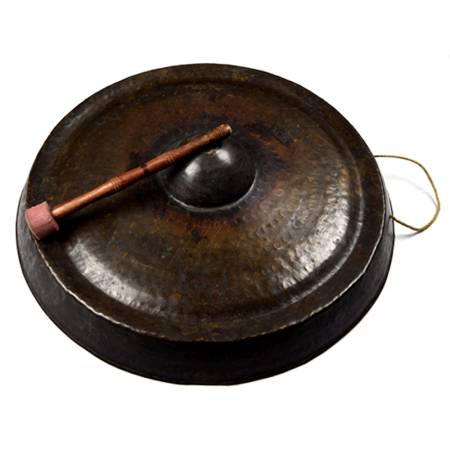

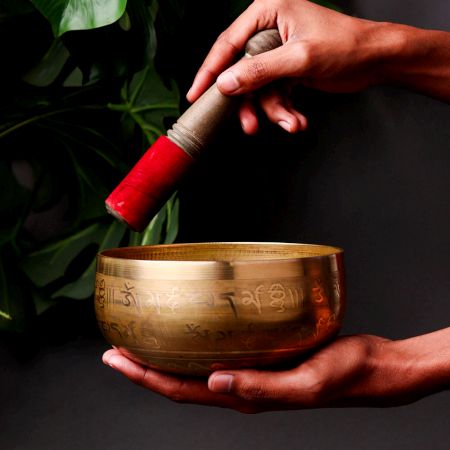
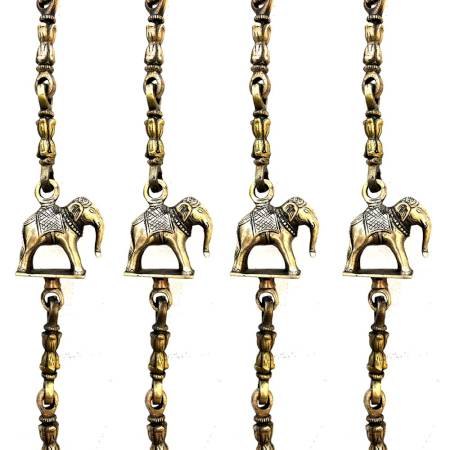
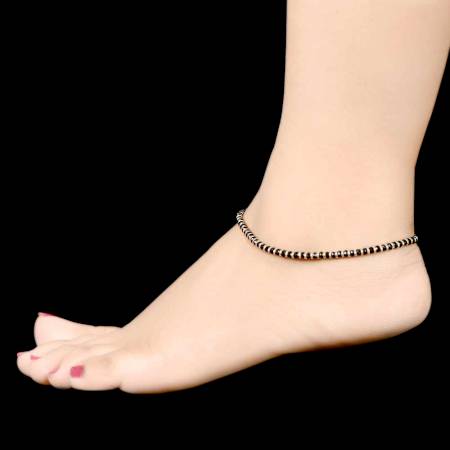
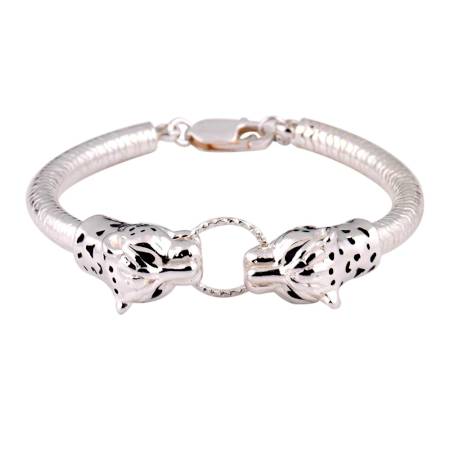
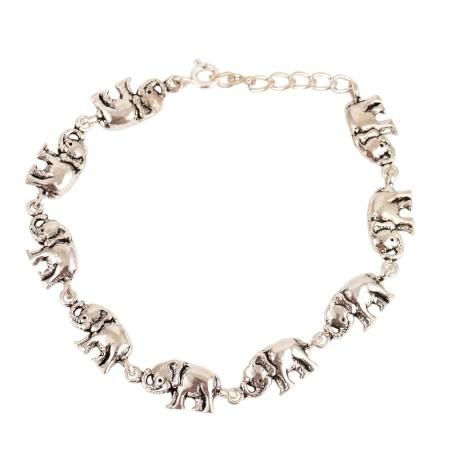
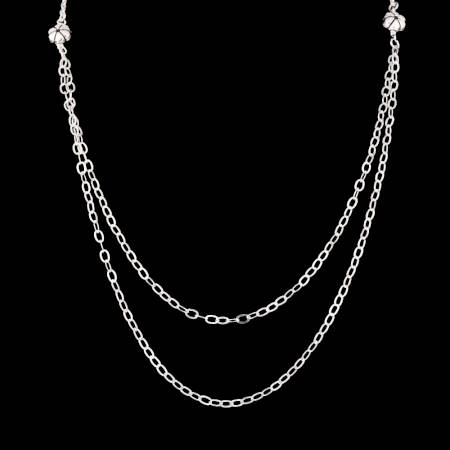
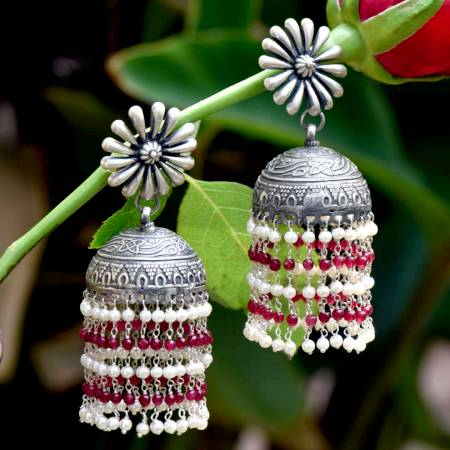
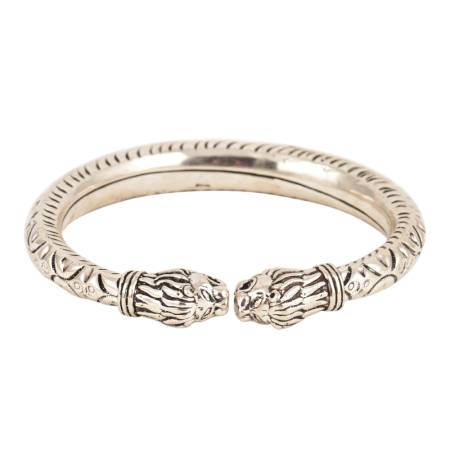
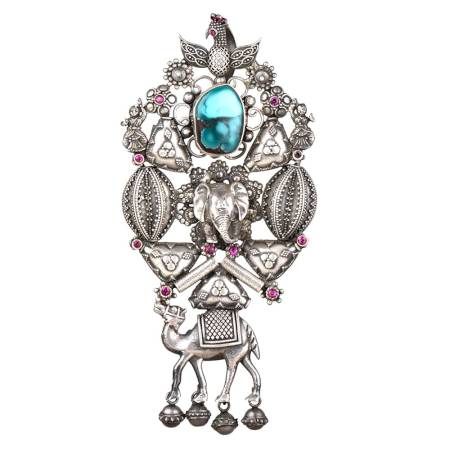
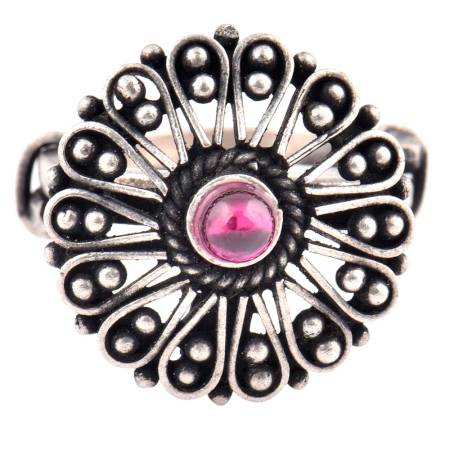
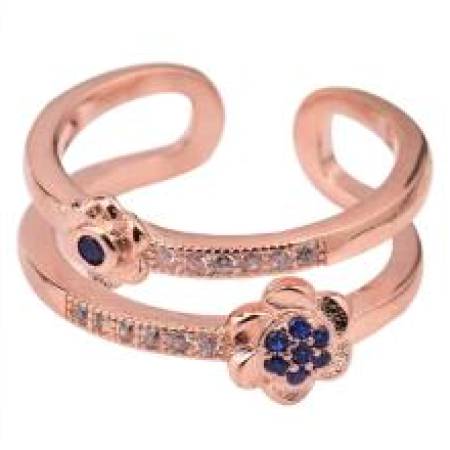
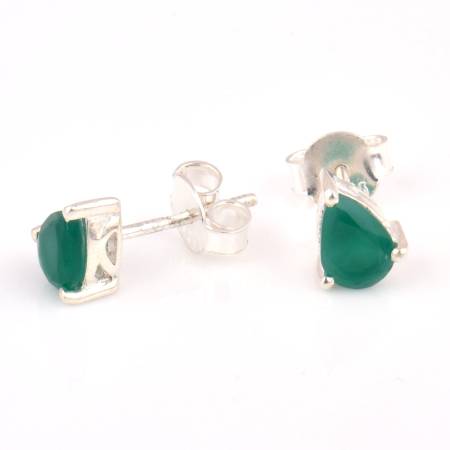

.JPG?ver=1.7)
.JPG?ver=1.7)
.JPG?ver=1.7)
.JPG?ver=1.7)
.JPG?ver=1.7)
.JPG?ver=1.7)
.JPG?ver=1.7)
.JPG?ver=1.7)
.JPG?ver=1.7)
.JPG?ver=1.7)
.JPG?ver=1.7)
.JPG?ver=1.7)
.JPG?ver=1.7)
.JPG?ver=1.7)
.JPG?ver=1.7)
.JPG?ver=1.7)
.JPG?ver=1.7)
.JPG?ver=1.7)
.JPG?ver=1.7)
.JPG?ver=1.7)
.JPG?ver=1.7)
.JPG?ver=1.7)

